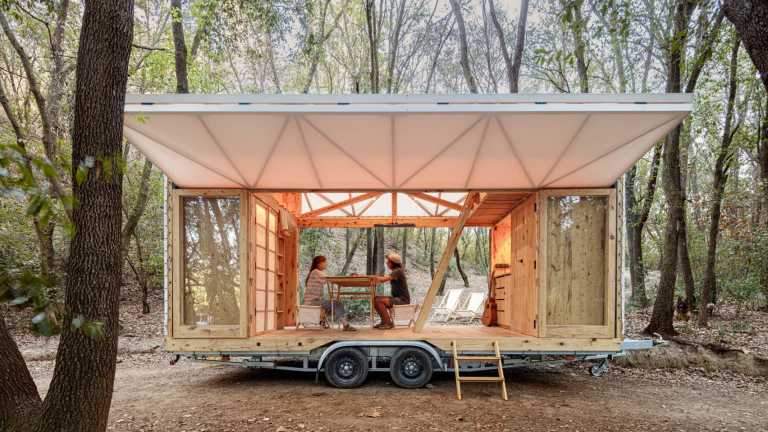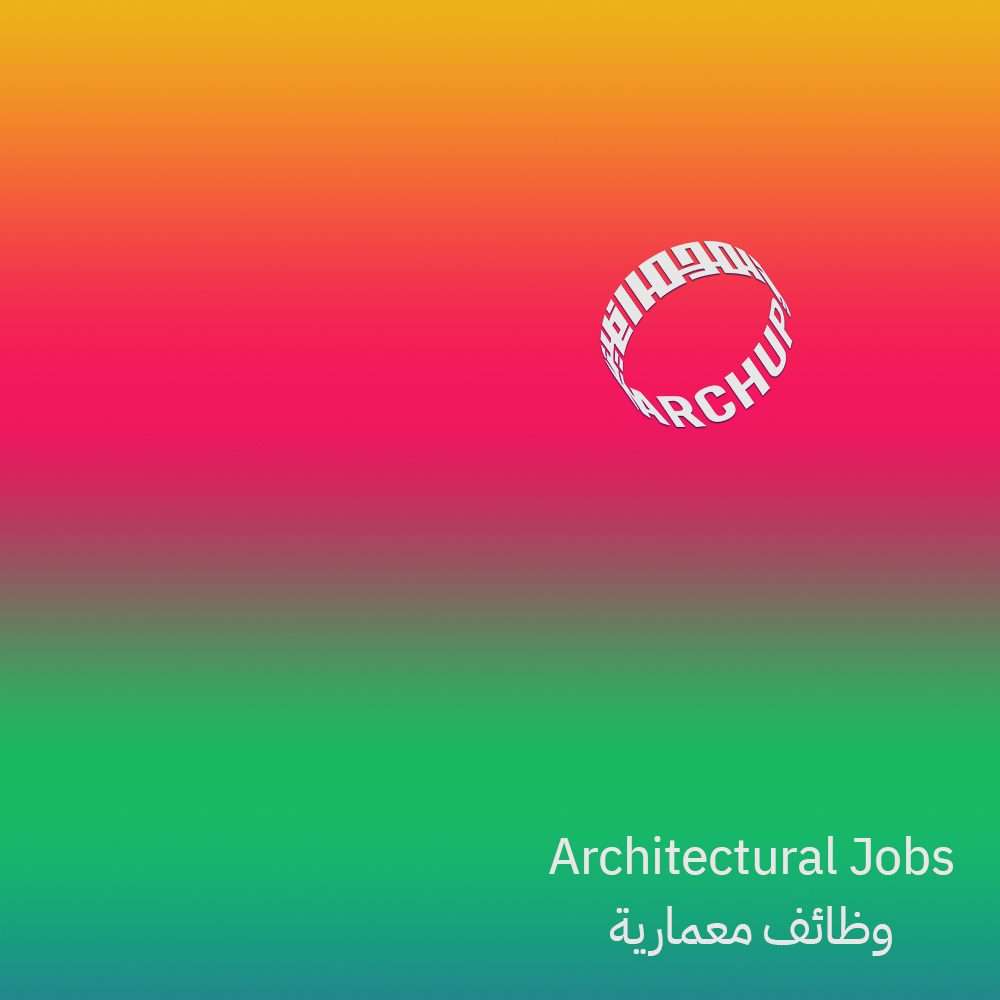Section 1: Millennials – Redefining Spaces for a Digital Age
The millennial generation, also known as Generation Y, has brought a seismic shift in architectural trends and preferences. As the first generation of tech-savvy locals, millennials have grown up in a digital era that profoundly influences their lifestyle choices. Their commitment to health, fitness, and a dynamic lifestyle has extended into how they interact with and design spaces. This generation, known for being the world’s most powerful consumer group, is driving change in various industries, including architecture and building design. They demand spaces that align with their technologically integrated lives and ecological awareness.
Millennials are reshaping the workplace by favoring engaging, activity-based environments over traditional, function-based office layouts. They prefer open formats that encourage collaboration and social interaction, reflecting their inclination towards co-working spaces and shared worktables equipped with charging stations for their gadgets.
In residential architecture, millennials are moving away from larger unit sizes to communities that offer diverse yet commonly utilized amenities. There’s a growing preference for apartment communities with smaller units but richer communal facilities, like roof decks and dining terraces. This generation also values the adaptability of spaces, particularly those that can double as photographable work-at-home areas.
Hotel design has also been impacted, with millennials favoring contemporary spaces equipped with smart technologies and 24/7 connectivity. Hotels are adapting by developing rooms and lobbies that offer these smart features, with 82% of millennials preferring to experience a new hotel each year and 42% returning for exceptional design experiences.
Moreover, millennials are influencing the design of social spaces, favoring private buildings with unique public features like thematic surroundings, art walls, and interactive architectural elements. This inclination is changing how hotels and other public spaces are designed, moving away from traditional setups to more innovative, communal, and brand-driven environments.
Section 2: Generation Z – A Tech-Native Influence on Architecture
Generation Z, born after 1995, is a demographic that has grown alongside the popularization of the internet. This generation’s interaction with the world is deeply integrated with technology, shaping their behavior towards versatility, agility, and curiosity. They seek diversity and inclusivity in all aspects of their lives, which reflects in their architectural preferences as well.
The digital world is intrinsic to Gen Z, making architecture a fitting career for this tech-native generation. Skills in augmented reality, Building Information Modeling (BIM), nanotechnologies, data analytics, and AI are becoming increasingly valuable. Gen Z’s appreciation for cross-transferable skills is evident in architects working in fields like game design, where they create realistic and immersive gaming environments.
This generation’s broad skill set also opens up opportunities in various fields beyond traditional architecture, including fashion, design, advertising, agronomy, and even cooking. This versatility is a defining characteristic of Gen Z architects, who enjoy intersecting different streams of thought and connecting diverse disciplines.
Furthermore, Gen Z’s strong ecological consciousness is pushing the construction industry towards green practices. With construction contributing significantly to greenhouse gas emissions, this generation is determined to change the narrative. Firms worldwide are adapting to this shift by hiring experts in natural and biomimetic architecture, aiming to infuse projects with designs inspired by nature.
These sections highlight the distinct yet complementary influences of Millennials and Generation Z on the future of architecture. While Millennials emphasize technological integration and versatile use of space, Gen Z brings a strong ecological consciousness and a penchant for interdisciplinary applications. Together, these generations are shaping a future in architecture that is diverse, sustainable, and technologically advanced.

Section 3: Generation Z – Pioneering a Digital Renaissance in Architecture
Generation Z, born in the internet era post-1995, is uniquely positioned to revolutionize the architectural landscape. Growing up with rapid information flow and diverse media access, Gen Z architects are marked by their adaptability, skill, and curiosity. This generation values inclusivity and variety, seeking to find commonalities among different ways of thinking and doing.
The digital transformation of architecture aligns perfectly with Gen Z’s inherent abilities. With the industry embracing augmented reality, BIM, nanotechnologies, data analytics, and AI, these tech-savvy individuals find themselves at home. Their expertise in 3D modeling is not only valuable in architecture but also in animation, video games, and advertising, demonstrating their versatility in the workplace. For instance, architects like Dan Van Buren, who worked on the game ‘The Witness,’ exemplify how architectural skills can enhance immersion in the gaming world.
Moreover, Gen Z architects are known for leveraging their architectural skills in various fields outside the traditional sector. Their desire to connect different streams of thought leads them to careers in fashion, design, advertising, agronomy, and even culinary arts. For example, Russian architect Rustam Kungurov expanded his architectural knowledge into baking and pastry arts, successfully integrating his design expertise into the culinary world.
Section 4: Gen Z – Champions of Eco-Friendly Architecture
Gen Z is perhaps the most environmentally conscious generation to date, determined to reshape the narrative in the construction industry, which is responsible for a significant portion of greenhouse gas emissions. This generation is vocal in advocating for green practices and sustainability in the building and consumer goods sectors.
This ecological awareness is driving companies globally to adopt more environmentally friendly practices. Specialists in natural and biomimetic architecture are increasingly in demand, with firms like B+H hiring experts to infuse projects with nature-inspired designs. As technology advances, Gen Z architects are expected to bring valuable skills and values that will not only benefit the architectural profession but also have a positive impact on the global environment. This generation is set to facilitate a global professional exchange, bridging gaps between different countries and industries, and catalyzing a cultural exchange that aims to benefit all.
These sections delve deeper into the specific contributions of Generation Z to the field of architecture. They highlight the generation’s digital fluency, adaptability across various industries, and a strong commitment to environmental sustainability, all of which are reshaping the architectural landscape for future generations.
Section 5: Artificial Intelligence in Architecture – A New Era of Design
Artificial intelligence (AI) is rapidly transforming the field of architecture, bringing profound changes and new opportunities. OpenAI’s introduction of DALL-E, a text-to-image AI software engine, in 2022 marked a significant milestone in this transformation. This technology enabled the creation of photorealistic images from simple text prompts, a development that both excited and challenged architects worldwide. It raised important questions about the role of AI in the creative process and the future of architectural design.
The emergence of generative AI methods has reignited debates about the role of technology in architectural practice, including questions of authorship, agency, and the hierarchy of design practice. AI systems blur the line between production and creation, offering a medium for imagining novel design ideas rather than merely being a tool for production. This paradigm shift in technology is redefining the foundational conventions of architectural practice, challenging traditional notions of the architect’s role.
To stay relevant and healthy as a discipline, architecture must embrace alternative models of practice that integrate design, data, and technology. This holistic approach is aligned with the seismic technological and economic shifts currently underway. By leveraging data as a common language among disciplines, architects can engage more effectively in systemic challenges and expand their impact as informed system designers.
Section 6: The Future of Architecture with AI – Limitless Possibilities
The University of Michigan’s Taubman College of Architecture and Urban Planning is at the forefront of integrating AI into architecture. This integration underscores the necessity for architects to engage with AI to maintain control over the future of their field. A critical aspect of this engagement is contributing to AI datasets to ensure they reflect architectural excellence and are free from biases that have plagued older databases in other fields.
The Taubman College has established the Architecture and Artificial Intelligence Laboratory (AR2IL) to improve the application of AI in architecture. This interdisciplinary approach has led to valuable idea exchanges and collaborations across various fields. However, despite the advancements, AI applications like DALL-E that generate architectural designs still require significant human oversight and complex algorithms to produce practical and appropriate designs.
SPAN, an international architecture practice, is exploring AI to teach spatial recognition on job sites and develop key lived experiences, like engaging with humans and recognizing their facial expressions. This research highlights the limitless potential of AI in architecture, though much work remains to be done to fully realize its capabilities.
The concluding parts of this text discuss the immense affect AI is having on the genres of architecture and its steady incorporation into the domain. What lies ahead in the realm of architecture and AI is filled with possibility, necessitating the examination of current protocols and the endorsement of forward-thinking practices that involve design, technology, and data.
Best Laptop Brands For Architects | All You Need To Know
Culture FORM








